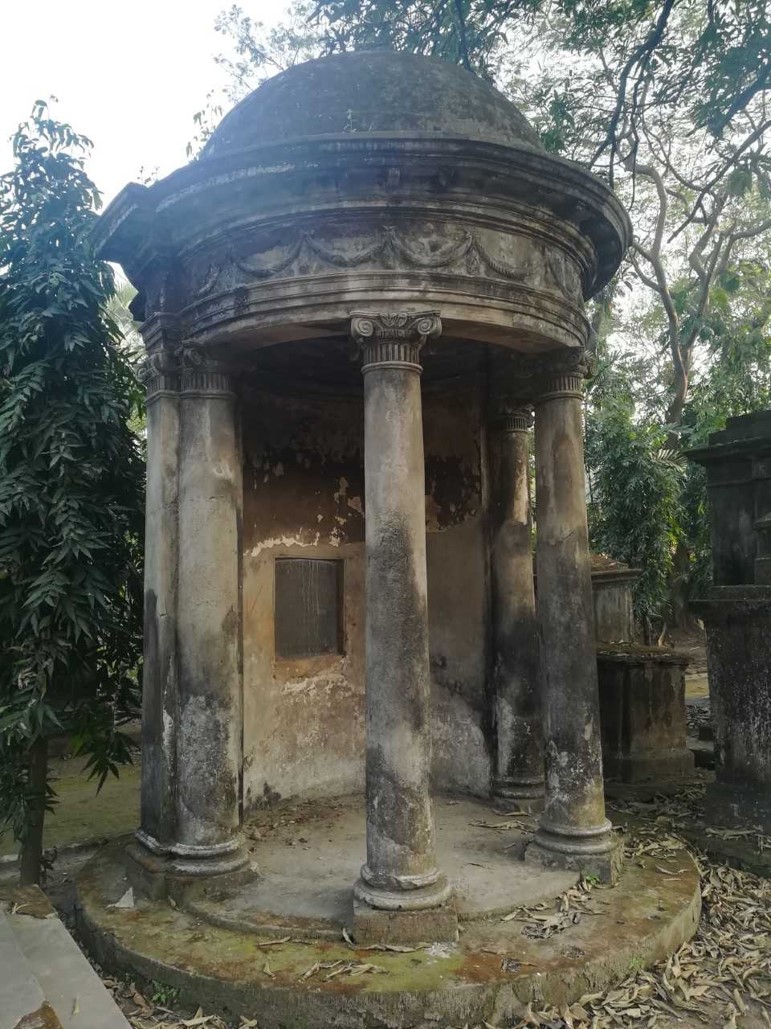Following an initial writing residency on the Isle of Lewis in August 2017 – reflections on which you can read on this site – last month novelist Abir Mukherjee and poet Nalini Paul travelled to Kolkata to work with two India-based writers: poet Sampurna Chattarji and novelist and journalist Sandip Roy. The authors are encouraged to creatively respond to items from the Mackenzie Collection, a rich and renowned collection of Asian art collected by Stornoway-born Colonel Colin Mackenzie during his time in India as its first surveyor general, and give new voice to the ongoing relationship between Scotland and India as these nations continue to define and redefine their contemporary relationships. The group will share their conclusions at the 2018 Edinburgh International Book Festival
The following piece is the second response from Abir Mukherjee. The son of Bengali parents, Abir grew up in the West of Scotland and now lives in London. He is the bestselling author of the Sam Wyndham series of novels, including the award-winning Kolkata-based debut, A Rising Man. His second novel, A Necessary Evil, was published in June. Read Abir’s first response here.
‘Something of this place runs in my blood’

Colonel Colin Mackenzie’s grave at South Park Street Cemetery
Park Street is unusually quiet. Normally this wide avenue in central Kolkata, bordered by boutiques and restaurants, is choked with traffic and pedestrians in their thousands. But today is Sunday and the cars and crowds are elsewhere. It’s our first day here and it seems the city is giving us a gentle welcome.
I know this city, not so much its streets and topography, but its people and its easy-going ways. My parents grew up here, leaving in the sixties, and ending up in, of all places, Lanarkshire; and something of this place runs in my blood, inoculating me from the culture shock afflicting the others of our group.
We’re here following the life of Colonel Colin Mackenzie, a native of the Isle of Lewis who became the first Surveyor General of India and a collector and preserver of many artefacts of Indian history and culture. It’s the second leg of our journey – the first being a visit to Stornoway to see his birthplace and items from his collection. That trip had left me with mixed feelings about the man. He had, no doubt, a passion for mapping and documenting the India he found, but whether that love extended to the country and its people, seemed more equivocal. I hoped this journey to the place where he spent his final years, and where much of his collection still resides, would help me better understand the man. Furthermore, as a Scot of Indian descent, I hoped understanding Mackenzie might help me make better sense of the different, often conflicting strands of Britain, India, Scotland and Bengal that contribute to my own identity.
Our visit takes in the Asiatic Society, where a multitude of the hundreds of maps and sketches compiled by Mackenzie and his subordinates are stored in a dusty archive that probably hasn’t changed much since the good colonel’s time. As I turn the thick pages of volume after volume, I’m struck by the meticulous attention to detail in the sketches. Mackenzie was a surveyor, after all. Each drawing is to scale, with measurements listed beside each piece. We know the exact dimensions of sculptures and temples, but as to what went on inside the buildings or the use of the artefacts so faithfully reproduced, Mackenzie remains mute.
A similar sensation awaits me at the Indian Museum, where some of the sculptures collected by Mackenzie are displayed. Breathtaking in their beauty, the items stand out of context, displayed among anomalous objects from across the five thousand years of Indian history, as alien here in Kolkata as their cousins in the British Museum.
It’s only back on Park Street that I feel I begin to get a sense of Mackenzie — at his grave in the cemetery there. Among the mausoleums and monuments to the men and women of the Raj, Mackenzie’s tomb is a relatively simple affair with a simple inscription. It says something about the man. He’d spent most of his time in the south of India and never wanted to come to Calcutta. He dreamt instead of returning to his beloved Isle of Lewis; of speaking in his native Gaelic once more. But the East India Company ordered him here to Bengal, and this is where he died. In the best traditions of his faith, he did his duty, to Britain and India, but the cost might have been his own happiness. I can’t help feeling something for this man.
Share this Post
